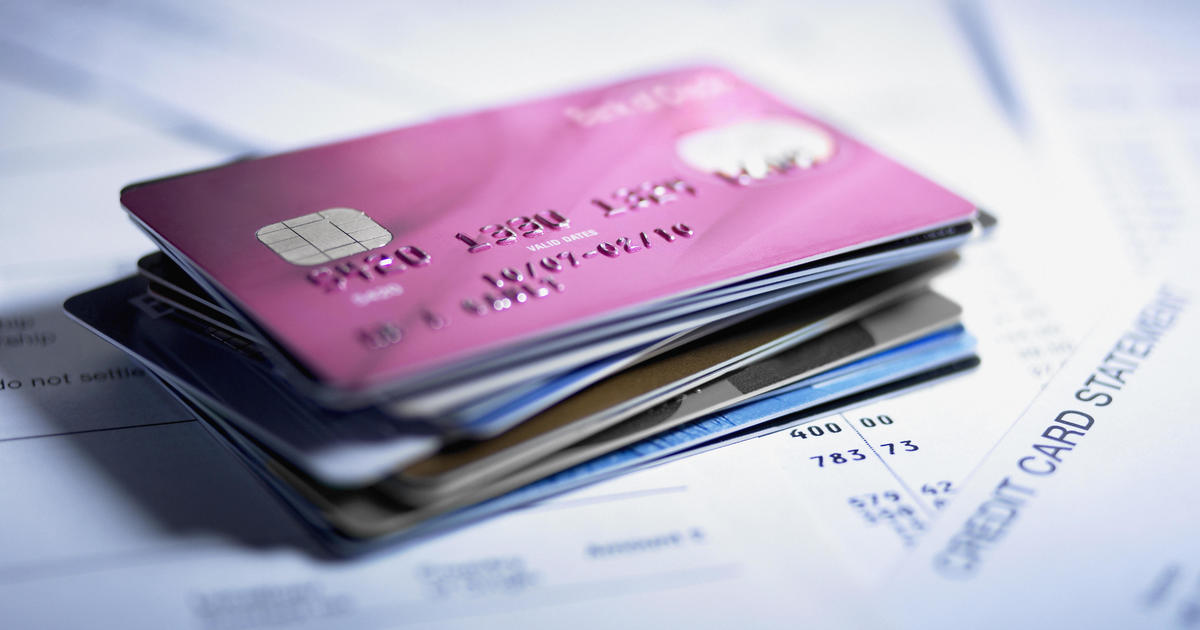
With the average credit card interest rate at a record high of nearly 21%, it behooves consumers to shop around before applying for a new line of credit that could make any amount of debt very costly to carry.
Credit card interest rates, or annual percentage rates (APRs), lately have risen in tandem with the Federal Reserve’s repeated interest rate hikes, designed to slow the economy and cool inflation.
The average credit card APR recently soared to 20.92%, which is higher than it’s been at any point since the Federal Reserve began tracking APRs in 1994, according to a study from WalletHub.
Given that rates are so high, credit cards can grow debt quickly, experts warn. Their advice is to read the fine print and know what you could be charged before signing up for a new card — even if, at first glance, it seems like a good deal.
“Just because they are advertising a low rate doesn’t mean you’ll be eligible,” said Lori Gross, a financial adviser at Outlook Financial Center in Troy, Ohio. “You have introductory offers on cards which can be a way to get a low rate to begin with, but after 12-13 months your APR will jump.”
To be sure, a credit card’s APR only affects cardholders who don’t pay off their charges in full each month and carry a balance from one billing cycle to the next.
“The best people can do is make all these high interest rates moot by paying their bill off each month, but that’s way easier said than done when the cost of everything has been rising by the day for years now,” LendingTree credit analyst Matt Schulz told CBS MoneyWatch.
“Crazy time for interest rates”
Given the current economic climate, low interest rates on new card offers are few and far between.
“I personally don’t think there are any good APRs on cards right now; they’re all pretty high with everything going on in the economy,” Gross told CBS MoneyWatch.
Also, cardholders’ rates can fluctuate based on their credit score, meaning that not everyone is eligible for a credit card company’s advertised rate. But even the lowest APRs these days are steep.
“Currently, even with excellent credit, you’re still looking at roughly 17% APR, which is pretty high,” Gross said.
Schulz estimates average rates are even higher, to the tune of 20% and above. In his view, APRs between 15% -17% are a relatively good deal right now.
He said that out of roughly 200 cards he recently reviewed, there were as many with interest rates of at least 30% as there were cards with interest rates of 15%.
“It’s just a crazy time for interest rates even by credit cards’ already high standards,” he said.
0% introductory offers
Americans who are currently paying high interest on balances they have yet to pay off can make a dent in it by applying for new credit cards that offer 0% interest for an introductory period, typically 12-14 months.
“A 0% balance transfer credit card is the best weapon you can have in your arsenal against credit card debt. You generally need pretty good credit to get one of those, but it can save you a ton of money and interest,” Schulz said.
It’s a good tool as long as consumers use the grace period to actually pay down their debt, as opposed to spend more money.
“The key is not thinking the credit card is an excuse to go spend again, because if you do that, you’re defeating the purpose entirely,” Schulz said. “But if you use the card wisely, you can save a lot of money and interest.”
Don’t forget to negotiate
Consumers who carry credit card balances can take other steps to reduce their cost of borrowing, experts said.
For one, credit cards compete on rates, and want to keep customers they’ve already hooked as clients.
“It is still a relatively competitive market and credit card companies don’t want to lose people they already have on the hook,” said personal finance expert Howard Dvorkin, founder and chairman of Debt.com. “The cost per acquisition to get a person is probably $400 – $500, so they’re going to try to hold on to you.”
That means it’s wise to call up your lender and ask for a reduced APR. Look at rates offered by other card companies to use as leverage, Schulz advised.
“The best way to do it is to look around at some other offers that you may have received and go to your credit card issuer and say, ‘I’ve had this card for many years, but I was just offered this rate of 17% and my current rate is 22%, would you be able to match it?'” Schulz said. “A lot of people are nervous about negotiating those sorts of things, but coming in having seen other offers that you qualify for can help you frame the conversation in a useful way.”
Schulz said that roughly 70% of people who asked for a lower interest rate in the past year were successful. The average reduction was about six percentage points, he added. In other words, a customer with a 25% APR could see their rate reduced to 19%.
“It’s significant,” Schulz said.

